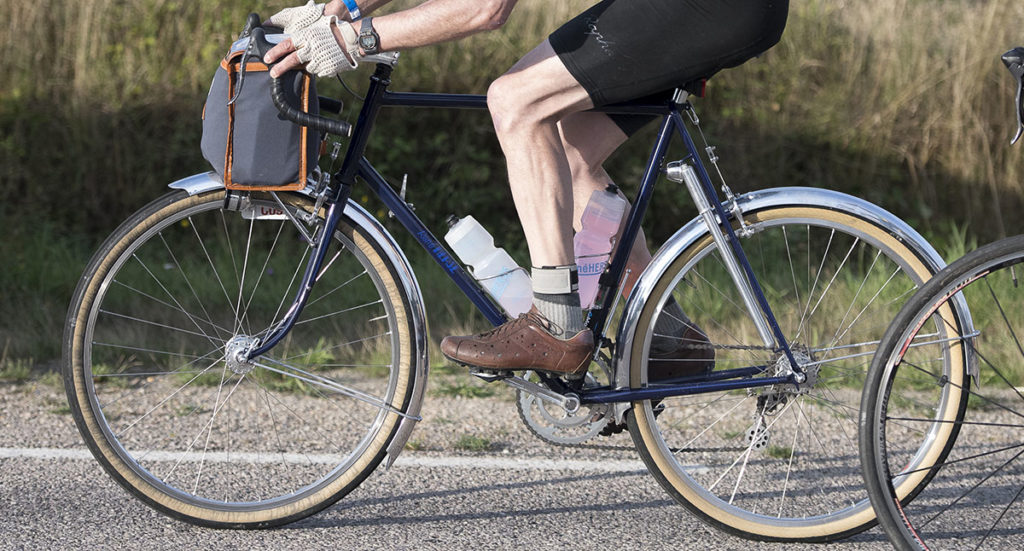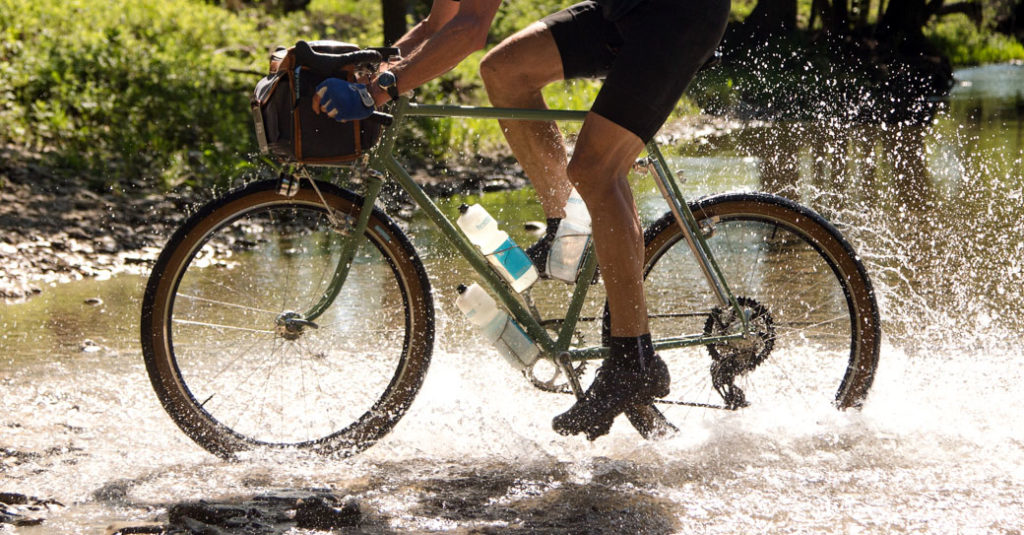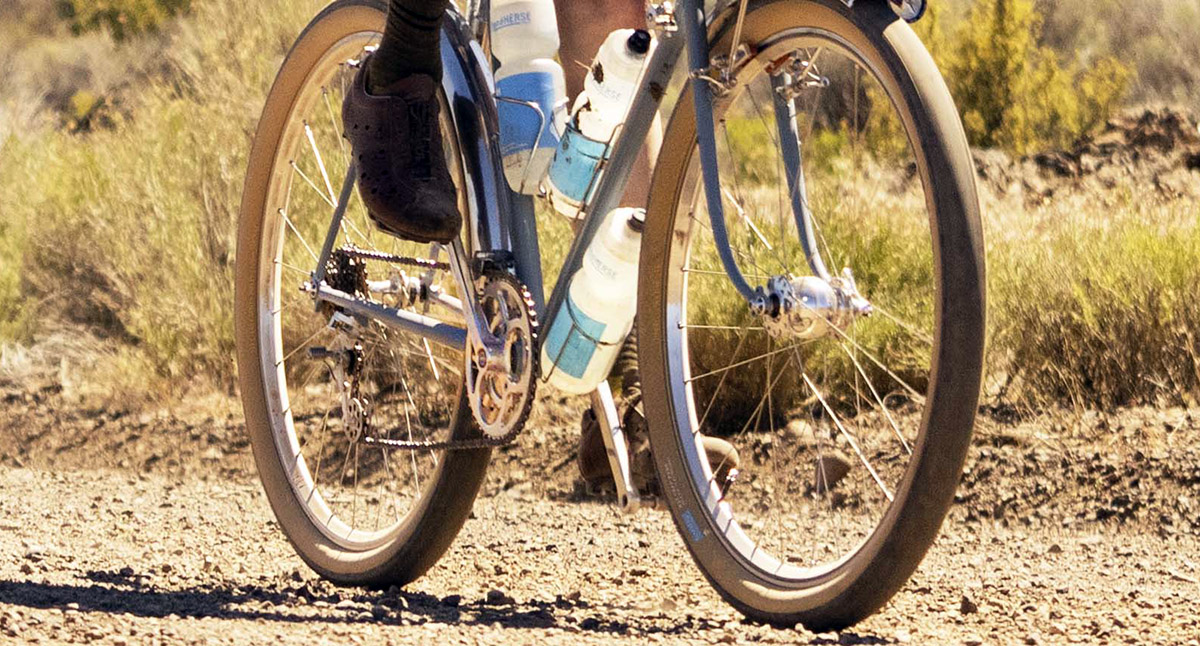44/28 Chainrings Back in Stock
This is just a short note to say that our 12-speed compatible 44/28 chainrings are back in stock. 42/26 rings are in production, as well as other ring sizes that have been sold out for a while.
You may wonder why we offer so many chainrings choices. With 11- or 12-speed drivetrains, aren’t there enough gears, so that the size of the front chainrings doesn’t matter? Actually, there are still good reasons for customizing your chainrings to match your power output, cadence, terrain and riding style. Otherwise, you end up with half a dozen gears that you never use. And the gears you do use are spread over two chainrings, requiring many front shifts.
Front shifts tend to break your rhythm, because the change in gearing is so large that you need to compensate on the rear, so you get a gear that’s not too far from the one you were pedaling before. It’s a cumbersome process, and by the time you’ve shifted on the front and klicked through three or four shifts on the rear, you’ve lost a lot of momentum. I prefer to ride mostly on the big ring and keep the small ring for really steep hills and mountains. Think of it as a one-by plus granny.
I choose my chainrings so that most of my riding is in the middle of the rear cassette. When the road turns slightly up- or downhill, or when the wind changes, I just change a gear or two on the rear cassette—without needing a front shift. It’s seamless and smooth.

For Paris-Brest-Paris (above), where I may be in fast pacelines cruising with a strong tailwind, I run a 48×33. For paved rides in the Cascade Mountains, I prefer a 46×30. In the Oregon Outback, I used a 44×28 for the first ride (top), and switched to a 42×26 for the FKT ride. (Switching chainrings with Rene Herse cranks is easy. No need to take the cranks off or remove the pedals. Just undo the three chainring bolts and swap the rings.)

With one-by drivetrains, the (single) front chainring is of even greater importance. Most modern cassettes start with a 10-tooth cog, and many cranks come with 40-tooth rings. If you’re running wide tires on large 700C wheels, you end up with huge gears. Better to run a 36T or even smaller. (A 40T can be useful if you’re a super-strong racer or if you’re running smaller wheels.) Currently, Rene Herse cranks are available with 40T and 36T one-by rings. Other sizes are in development.
Back to stock-related notes: Due to the popularity of our Rene Herse cranks recently, we are going to run out of 171 mm crankarms soon. More arms are in production and should arrive before the end of December. We apologize for all the supply chain issues, and everybody will be glad when they are resolved soon.
Photo credits: Rugile Kaladyte (Photo 1); Nicolas Joly (Photo 2); Linda Guerette (Photo 3)
Further information:



